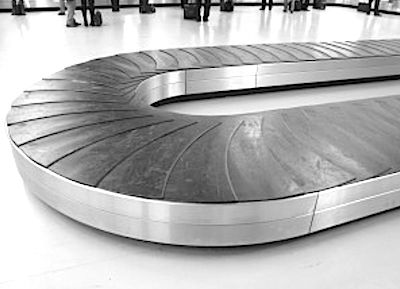The term engineering fabrication refers to the process by which metals and other raw materials to manipulate their shapes in order to make them into something to be used in everyday construction items, or engineering machines itself, this includes steel nails that are molded from molten steel, steel pipes that are also derived from a molten mixture of steel let to cool down and rest in normal temperature to be given a specified shape as required at that moment. The term engineering fabrication in Melbourne can further elaborated to include the following processes by which you could opt to mold the raw materials and the metals in the desired shape as required by you, these merely include the processes of cutting the metal, folding it, punching it to make holes, stamping the metal, shearing it or even welding the metals or the raw materials.
Nowadays there are a lot of different machines and latest prototypes being created by even some small and medium science entities or as research projects by university graduates who are continuously creating new items and want to create something new which requires a lot of experimentation which further requires someone to shape the parts of these prototypes & heavy machinery to get them into use in these machines. Sometimes a large piece is required that can be cut using a saw or something sharp however if you want to build small sized machinery or complex parts and are requiring accuracy of construction then you should try out the process of plasma cutting of metals, or even laser and water cutting process to achieve the optimal results in the machine parts to be used in making your prototypes or other high grade machinery.
There is another process of fabrication of metals which has been around some time and has been used for centuries now that is the process of welding two metals together using something to heat them up to such high temperatures that both of the metal elements merge together and are hence are interlinked by welding. Welding also has many applications nowadays to small adjustments in vehicles, installing fence to high end industrial uses in order to make machinery for optimal quality or to fuse further metals on a rod or anything to increase the structural integrity of the overall structure. Other processes include punching of a metal which include a punch & a die which should be the same size as that of the imprint you want to be embedded on the steel. The reverse of this process is the stamping process that creates an image of the steel in order to produce a merging image on the steel as opposed to making a hole by using the punching process. For more information, please log on to http://completebelting.com.au/. 